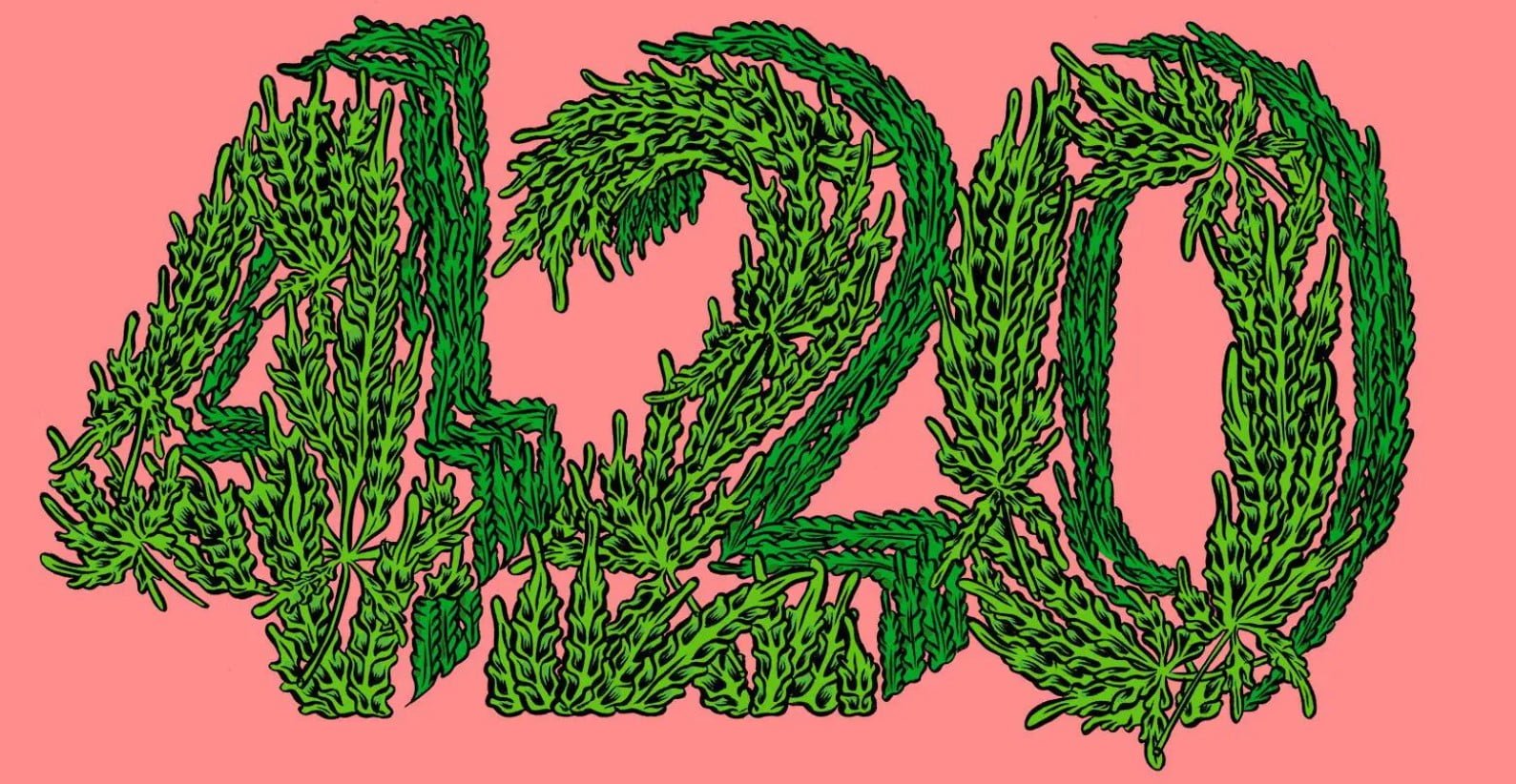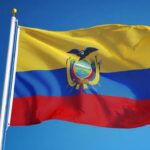Have you ever wonder how, in the cannabis culture, four numbers could come to mean so much? It’s a story that transports us to the carefree 1970’s, when a group of high school kids called the “Waldos” began a movement that would soon become popular. On a seat, grab your favorite food, and join us as we on a historical tour to learn about the origins of 420 and how it came to be recognized as the international cannabis festival that it is today.
The Origin Story: A Treasure Map and the Waldos
A group of students at San Rafael High School known as the “Waldos” set off on a mission in 1970, driven by curiosity and a treasure map. They had no idea that this voyage would give rise to a national treasure. The moniker “420” came from their meeting place, a monument of Louis Pasteur on campus, around 4:20 p.m., when they planned to seek an abandoned cannabis crop. Even though they were unable to locate the legendary stash, their meeting time became associated with cannabis use.
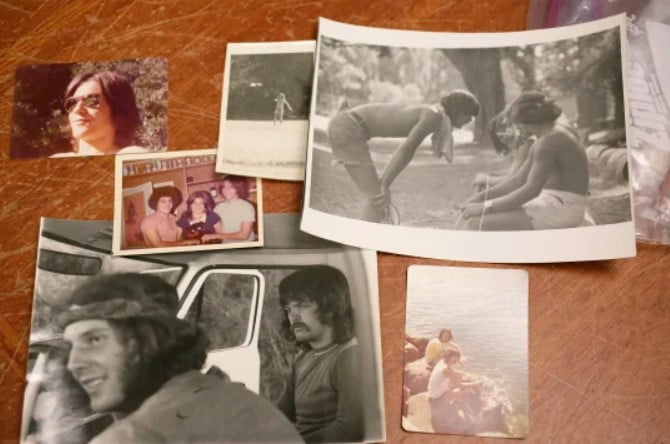
High Times and the Grateful Dead: Spreading the Word
The Waldos’ relationship with the Grateful Dead was crucial in getting the word out about 420. When Deadheads came to embrace the term, it went beyond its original meaning and became a catchphrase for cannabis lovers all over the world. With the help of the Grateful Dead and their committed fan base, 420 went from being a high school code to a worldwide sensation.
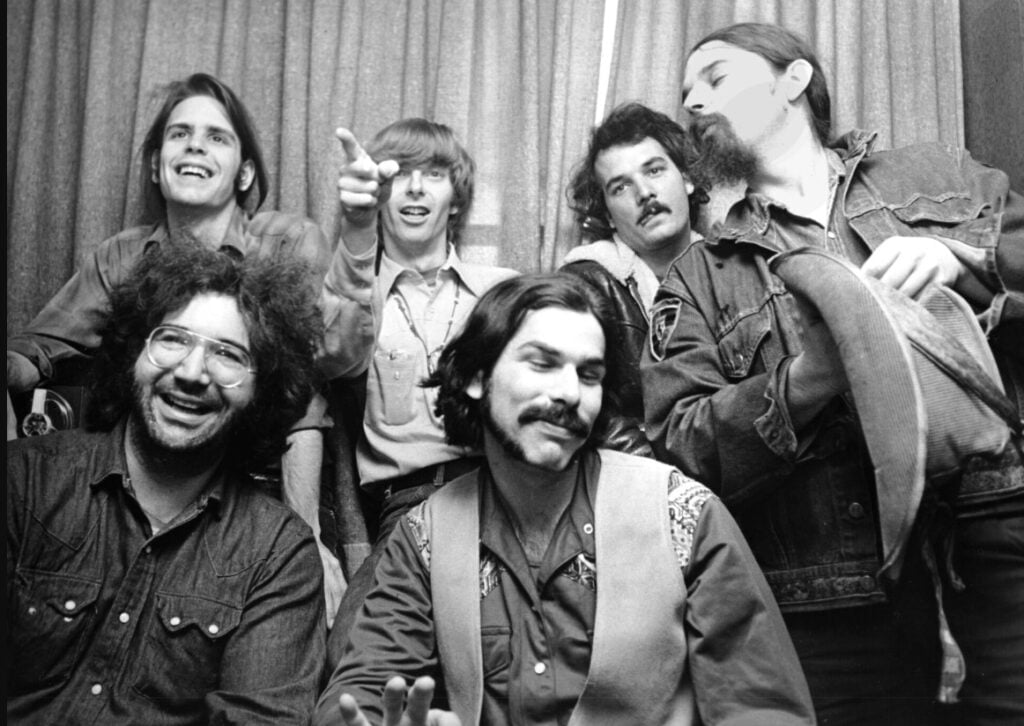
Phil Lesh, the bassist for the Grateful Dead, once confirmed in an interview with the Huffington Post, that he was close friends with the brother of one of the Waldos. As the Waldos started to hang around in the band’s circle, the lingo proliferated.
Time travel to the early 1990s. While attending a Dead show, reporter Steve Bloom of the cannabis publication High Times picked up a flyer that encouraged people to “meet at 4:20 on 4/20 for 420-ing in Marin County at the Bolinas Ridge sunset spot on Mt. Tamalpais.” It was published in High Times.
One of the Waldos, the 69-year-old Steve Capper, once told The Associated Press, “It’s a phenomenon.” “Most things pass away in a few years, but this keeps happening.” It’s not as if someone will announce one day that June 23rd is Cannabis New Year’s. Although the Waldos are credited with coining the phrase, the creator of the flyer that was handed out at the Dead performance, essentially making 4/20 a public holiday, remains unclear.
April 20th: From Underground to Mainstream
With time, April 20th in the cannabis community changed from being a secret holiday to a widely observed one. The day 4/20, or April 20, is referred to as 420. Cannabis users commemorate their love of weed on what has become known as the official stoner holiday.
In addition, people have connected the number 420 to smoking marijuana and frequently use it as slang to refer to both the plant and the act of inhaling it. The emergence of social media and the internet made it easier for 420 culture to spread, which eventually led to its mainstream acceptance. For cannabis lovers everywhere, today, April 20, is a day of celebration, activism, and solidarity.
The Celebration all over the World
Around the world, people celebrate 420 with great zeal, from Amsterdam to Australia. Every nation and culture contributes distinctive traditions and practices to the celebrations. They are all united by their love of cannabis. The significance of 420 as a unifying force grows along with the global cannabis community.
Some celebrations are more lavish than others. Denver’s Mile High 420 Festival, for instance, attracts thousands of people every year and bills itself as the world’s largest free 4/20 event. Huge crowds have also flocked to Hippie Hill in Golden Gate Park, San Francisco. According to the organizers, a lack of funding and city budget cuts led to the cancellation of this year’s event.
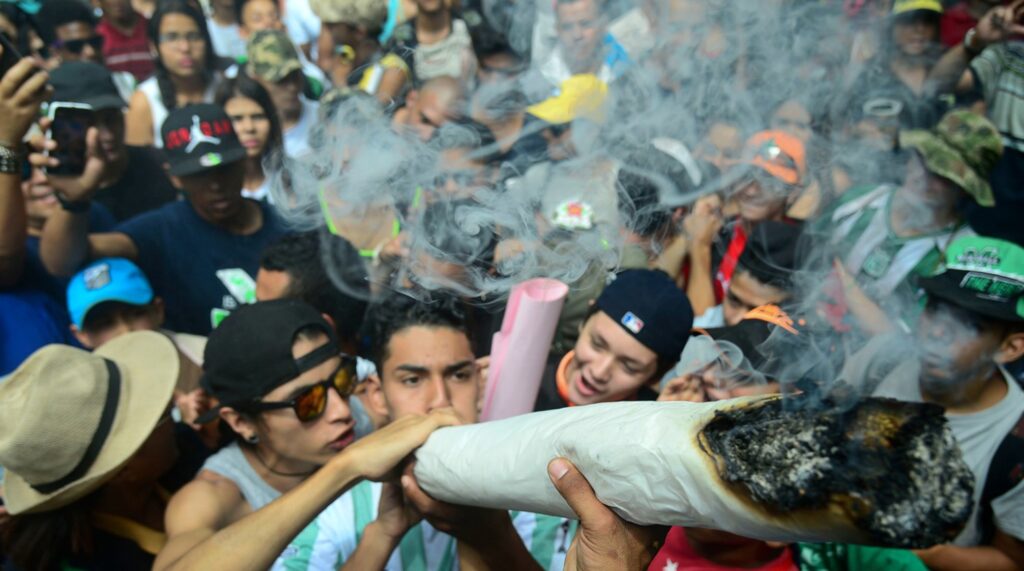
Historically, the University of Colorado Boulder has hosted some of the biggest 4/20 festivities, though not as much now that the annual Smokeout was outlawed more than ten years ago. Campus quads and statehouse lawns are also well-known for hosting 4/20 festivities.
In collaboration with the people who coined the phrase, Lagunitas Brewing in Petaluma, California, releases its “Waldos’ Special Ale” on April 20 each year. The Waldos have chosen “hops that smell and taste like the dankest marijuana” for the beer. They will be sampling it there this Saturday, according to an email from one of them, Dave Reddix.
The Cultural Impact of 420
Beyond the initial spark, “420” has had a profound cultural impact on music, film, television, and even the commercial world. Many songs, from hit songs to underground anthems, use the number “420” as a symbol of cannabis culture. Musicians of all genres have used the phrase in their lyrics, further ingraining it into popular culture.
Similarly, “420” frequently makes a subliminal reference to the cannabis culture. It serves as a major plot point in both comedies and dramas on television and film. The prevalence of scenes showing characters engaging in cannabis-related activities on April 20th contributes to the day’s cultural significance.
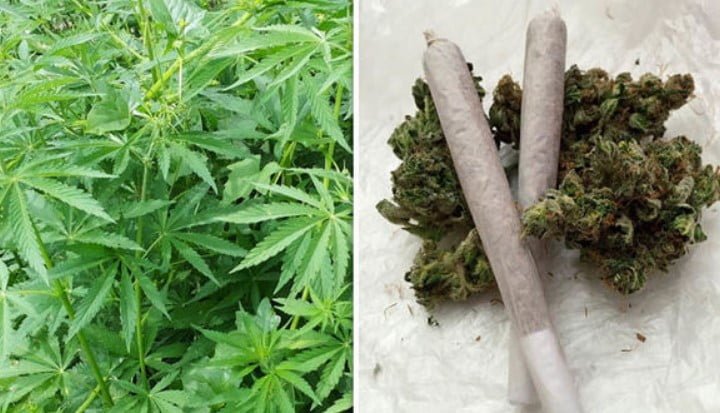
In addition, the commercialization of “420” has spawned a huge industry dedicated to cannabis-themed goods and activities. Businesses take advantage of the cultural appeal of “420” to offer a wide range of products and services to appeal to both mainstream and cannabis enthusiasts. They range from apparel and accessories to festivals and concerts.
All things considered, “420” has had an unmistakable cultural impact, affecting many facets of commerce, entertainment, and social norms. “420” continues to develop and resonate with viewers across the globe. It remains a representation of support, celebration, and unity in the cannabis community.
Recommended Reads
The Year 1979 Fun Facts | You Didn’t Know
Weird Facts About 1977: Dive Into The Twilight Zone
Interesting World Facts: A Tour Around the Globe
Fun Facts About Wednesday: Get Your Mid-Week Fix
420 in the Legal Landscape
“420” is more than just a cultural allusion in the legal sphere; it represents support for the legalization of cannabis. On April 20, cannabis enthusiasts get together to mark the progress made toward legalization and to push for more reform. “420” is a vehicle for political activism, promoting decriminalization, equity in the industry, and awareness of the health benefits of cannabis. The impact of “420” on the legal landscape is growing as more jurisdictions legalize cannabis. It symbolizes both celebration and continuous efforts for change.
Final Words
In conclusion, the history of 420 is a testament to the power of community, activism, and cultural evolution. What began as a simple code among friends has blossomed into a global phenomenon. It has left an indelible mark on the world of cannabis and beyond.
So, the next time you hear the term 420 or see it scrawled on a wall, remember its rich history. Remember the countless individuals who have fought to make it what it is today. Let’s continue to celebrate the spirit of 420. Let’s push for a future where we fully embrace and appreciate cannabis, whether we’re lighting up with friends or marching in a rally.
FAQ’s
No, “420” is a worldwide celebration that is observed with parties and events taking place in numerous nations. It now transcends national boundaries as a universal symbol of cannabis culture and advocacy.
A group of San Rafael, California, students known as the “Waldos” came up with the term “420” in the early 1970s. They met at 4:20 p.m. to look for a suspected abandoned cannabis crop, using it as a code.
Yes, the Waldos selected 4:20 p.m. as a convenient time for their after-school gathering. Cannabis culture eventually came to represent it and associate it with cannabis use.
